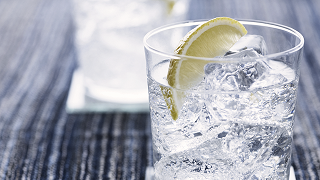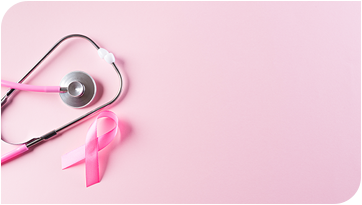Summarize
1, Inflammation of breast tissue with or without microbial infection.
2, Lactation mastitis is manifested as breast redness, swelling, heat and pain.
3, non-lactation mastitis for chronic onset, there are lumps, pain.
4, the disease can be prevented early, and the prognosis is generally good.
mastitis refers to the inflammation of the breast tissue with or without microbial infection. During lactation, mastitis usually starts acutely, with infectious inflammatory reactions as the main manifestations, such as redness, swelling, heat, pain and other symptoms. During non-lactation mastitis, it starts chronically, with lumps and pain, and the condition is easy to repeat.
Mastitis can be found in women of any age, mostly lactating women, and rarely in men. Through early prevention or timely treatment after detection, the disease can be avoided or alleviated, and the prognosis is generally good.
Eidemiology
In recent years, with the popularization of maternal health care knowledge, the probability of postpartum wheatmastitis in women has decreased, but it is still high. According to the 2017 U.S. survey data, the incidence of lactation mastitis is 9.5% to 33%, which means that every 10 lactating women, there are 1 to 3 people with mastitis.
Underlying cause
Lactation mastitis
Milk stasis
To provide an ideal culture medium for the growth and reproduction of invasive bacteria, common reasons: nipple dysplasia (too small or invagination) obstructing milk, too much milk or too little milk pumping, resulting in the inability to drain excess milk in time, due to milk duct inflammation, or tumors, or external pressure, resulting in milk duct obstruction, affecting milk discharge.
Bacterial invasion
Is the direct factor of the disease, common causes: nipple damage or crease, so that bacteria along the lymphatic invasion, infant breast or breast sleep, oral bacteria directly into the milk duct or up to the glandular lobule.
Non-lactation mastitis
The cause of these diseases is not yet known.
At present, plasmacytic mastitis is mainly related to milk duct obstruction, bacterial infection, smoking history (including second-hand smoke), nipple retraction and other factors. Granulomatous mastitis tends to be a class of autoimmune related diseases, its occurrence is also associated with lactation factors, infection (especially corynebacterium infection), other possible factors include trauma, hormonal levels in the body, oral contraceptives, etc.






